Guglielmo Marconi may be said with truth to have been not only the originator of radio-telegraphy but the most successful worker in its development.
He was born at Bologna in 1874, his father being an Italian and his mother an Irish-woman; he was educated at Leghorn Technical School and at the University of Bologna.
At an early age he showed inventive powers, and whilst still a boy he had acquired much knowledge of the results of researches on electro-magnetic waves by Hertz and others and had formed the idea of using them to communicate over a distance.
On his father’s estate at the Villa Griffone, near Bologna, he began experimenting in June, 1894, with an ordinary spark induction coil and home-made coherers and other appliances.
Soon he was producing feeble oscillations by wireless. He then invented a method of operating a Morse printing telegraph so as to transmit dot-and-dash signals to a distance without interconnecting wires.
By the end of 1895 he had produced an apparatus with which he sent messages one and a half miles. He took his invention in 1897 to Sir William Preece, engineer at the British Post Office, who had long been interested in the problems of wireless telegraphy.
At a test on Salisbury Plain a two-mile transmission was obtained, and in the same year between two Italian warships one of twelve miles.
Marconi next established two-way wireless telegraphy between Alum Bay, Isle of Wight, and Bournemouth, a distance of fourteen miles, and tests were witnessed by several eminent scientists, Lord Kelvin among them.
In 1899 he achieved a practical success which convinced the world that at last a new means of communication was at hand, this being the transmission of Morse messages across the English Channel from Wimereux to the South Foreland lighthouse and intercommunication with the lightship on Goodwin Sands.
At the British Association meetings, which were held at Dover that year, Marconi’s system was demonstrated, and messages were transmitted across the Channel from one of the halls where Dr (now Sir Ambrose) Fleming was lecturing on the centenary of electric current.
The next step, after further improvements had been made in the apparatus, was to transmit across the Atlantic, and this was accomplished — from Poldhu, in Cornwall, to St. John’s, Newfoundland — on December 16, 1901.
This success enabled the Wireless Telegraph and Signal Company, formed in 1897 with the object of exploiting Marconi’s inventions, to begin the erection of stations at Cape Breton, in Nova Scotia, and Cape Cod, in the United States, to correspond with Poldhu.
By 1907 commercial wireless had been established between Britain and Canada. Two years later came the first demonstration of its utility in saving life at sea, all but six people being saved during fog from a sinking liner to which aid had been summoned by the new wireless distress signal.




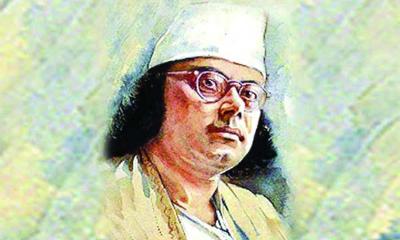

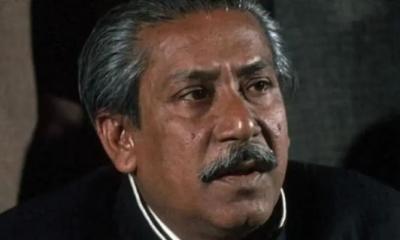
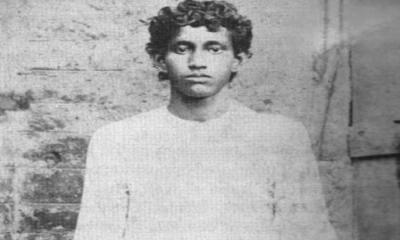
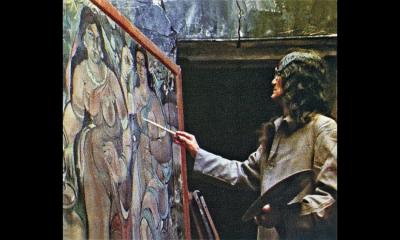






-20260107111805.webp)


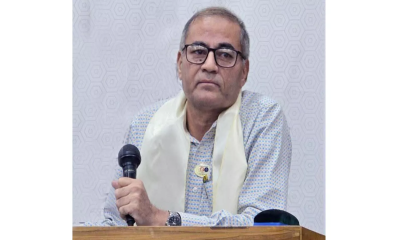



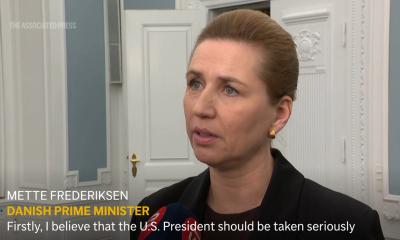
-20260107070753.jpeg)
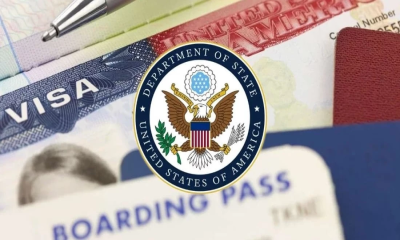
-(2)-20260102070806.jpeg)


-(25)-20251122062715-20260105041159.jpeg)


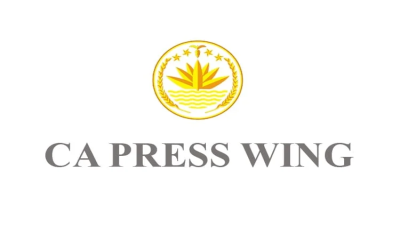


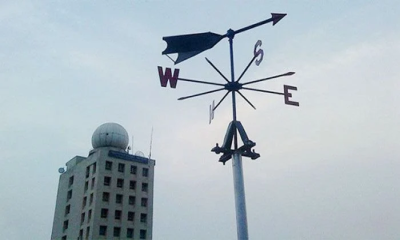
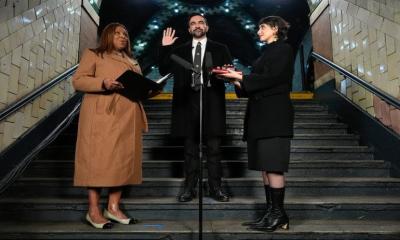

-20260103102222.webp)

